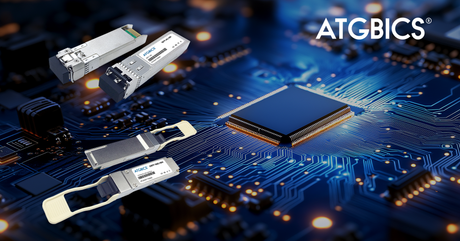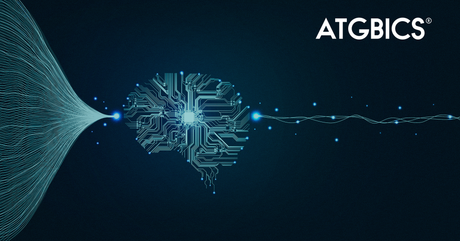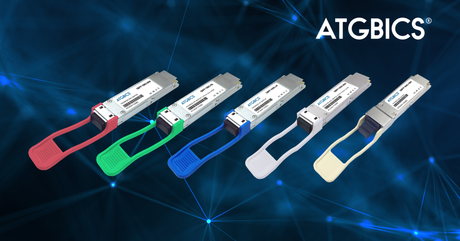What is DDM/DOM?
Digital Diagnostic Monitoring (DDM), also known as Digital Optical Monitoring (DOM) is a feature of network transceivers defined by the SFF-8472 Multi-Source Agreement (MSA) standard that monitors certain operational parameters in real time. It is useful in detecting and preventing potential issues, maintaining reliability, stability and performance within a network. These parameters include:
- Optical transmit power (Tx)
- Optical receive power (Rx)
- Internal temperature of the module
- Supply voltage of the transceiver
- Laser bias current
A chip inside the transceiver monitors these attributes and stores the collected data in a register ready for use by the device. When needed, this data can be accessed by the networked device through communication protocols like I2C providing real-time operational information.
What does DDM/DOM do?
- Fault alarms – when the operation of a transceiver deviates from the defined parameter values it is flagged, allowing operators to act quickly, minimising the impact on performance.
- Fault location – the location of the faulty transceiver/fibre link is isolated through DDM/DOM
- Fault prediction – DDM/DOM can identify potential issues before they occur and take preventative action
DDM MSA & Communication Protocols
- SFF-8472 – Standard defining DDM functionality in optical transceivers, standardising the design of DDM to ensure consistency across manufacturers
- SFF-8436 – SFP+ MSA standard specifying the physical size and electrical characteristics of SFP+ modules, as well as DDM implementation
- SFF-8636 – QSFP+ MSA standard specifying the physical size and electrical characteristics of QSFP+ modules, as well as DDM implementation
I2C Protocol
The Inter-Integrated Circuit (I2C) communication protocol is designed for short range communications within a single device and is used for DDM data transmission in transceivers. This enables efficient communication between the DDM function in the optical transceiver and network equipment.
- Originally designed for communication between chips, but many peripheral devices, memory and sensors also support this protocol.
- One device acts as the ‘master’ actively sending or requesting data from one or more ‘slave’ devices identified through a (usually) 7-bit address.
-
Uses a Serial Data Line (SDA) and Serial Clock Line (SCL) wire to transmit data, allowing communication between multiple devices on the same wire pair.
- SDA sends/receives data between master and slave
- SCL carries the clock signal
Why is DDM/DOM important?
- Real time monitoring – continuous tracking of important performance parameters of the transceiver, enabling proactive identification and prevention of faults and swift corrective measures.
- Troubleshooting and fault isolation – DDM/DOM pinpoints faults within a system, simplifying adjustments with minimal downtime.
- Network reliability – efficient detection and correction of faults while ensuring transceivers operate within given parameters optimises the reliability of a network and minimises potential downtime.
- Remote network management – remote monitoring simplifies network management and improves operational efficiency, especially in large scale infrastructures like data centres.
ATGBICS offer transceivers both with and without DDM/DOM functionality depending on the technology and customer requirements.
















